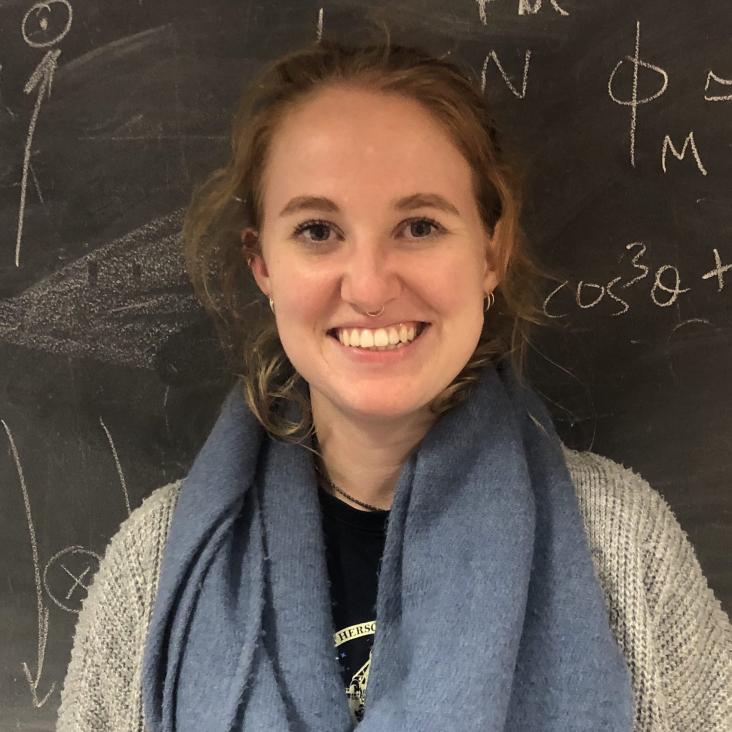VLBI observations of GRB 201015A, a relatively faint GRB with a hint of very high-energy gamma-ray emission
Astronomy & Astrophysics EDP Sciences 664 (2022) a36
Long-term radio monitoring of the neutron star X-ray binary Swift J1858.6−0814
Monthly Notices of the Royal Astronomical Society Oxford University Press (OUP) 513:2 (2022) 2708-2718
Jet-cocoon geometry in the optically dark, very high energy gamma-ray burst 201216C
Monthly Notices of the Royal Astronomical Society Oxford University Press (OUP) 513:2 (2022) 1895-1909
Serendipitous discovery of radio flaring behaviour from a nearby M dwarf with MeerKAT
Monthly Notices of the Royal Astronomical Society Oxford University Press 513:3 (2022) 3482-3492
Abstract:
We report on the detection of MKT J174641.0−321404, a new radio transient found in untargeted searches of wide-field MeerKAT radio images centred on the black hole X-ray binary H1743−322. MKT J174641.0−321404 is highly variable at 1.3 GHz and was detected three times during 11 observations of the field in late 2018, reaching a maximum flux density of 590 ± 60 μJy. We associate this radio transient with a high proper motion, M dwarf star SCR 1746−3214 12 pc away from the Sun. Multiwavelength observations of this M dwarf indicate flaring activity across the electromagnetic spectrum, consistent with emission expected from dMe stars, and providing upper limits on quiescent brightness in both the radio and X-ray regimes. TESS photometry reveals a rotational period for SCR 1746−3214 of 0.2292 ± 0.0025 days, which at its estimated radius makes the star a rapid rotator, comparable to other low mass systems. Dedicated spectroscopic follow up confirms the star as a mid-late spectral M dwarf with clear magnetic activity indicated by strong Hα emission. This transient’s serendipitous discovery by MeerKAT, along with multiwavelength characterisation, make it a prime demonstration of both the capabilities of the current generation of radio interferometers and the value of simultaneous observations by optical facilities such as MeerLICHT. Our results build upon the literature of of M dwarfs’ flaring behaviour, particularly relevant to the habitability of their planetary systems.Jet-Cocoon Geometry in the Optically Dark, Very High Energy Gamma-ray Burst 201216C
(2022)


